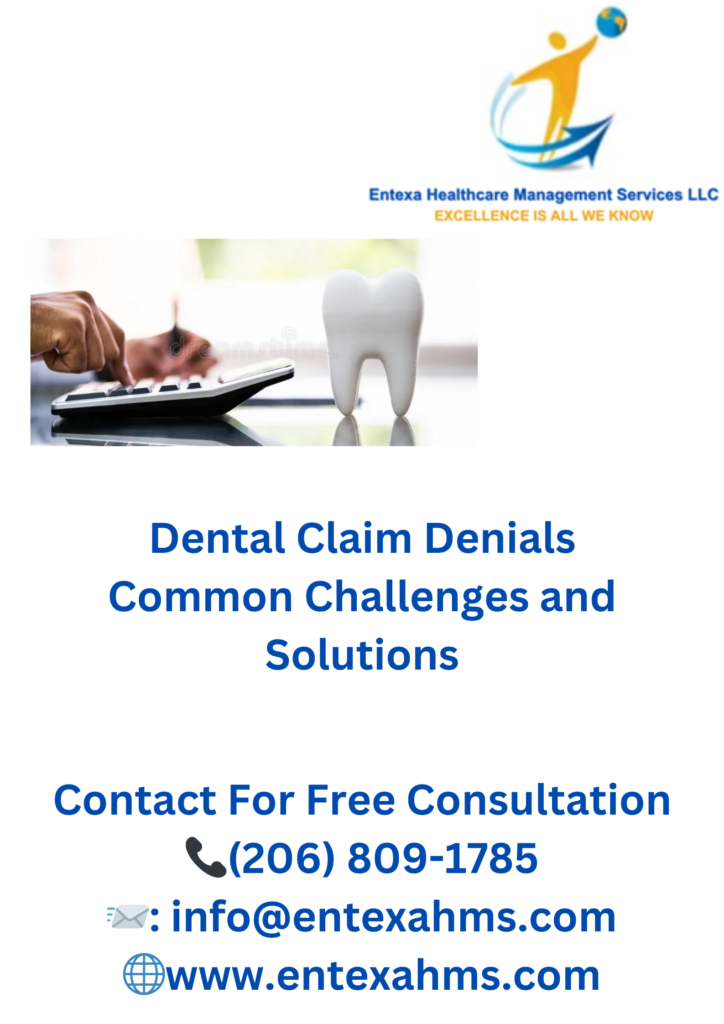Introduction
Medical coding errors in dental billing can be a persistent challenge, impacting both healthcare providers and patients. As dental practices increasingly rely on medical billing companies to streamline their revenue cycle management, the potential for coding errors becomes more pronounced. This blog aims to shed light on the common medical coding errors in dental billing and their implications for both providers and patients.
- Misclassification of Procedures: One of the primary coding errors in dental billing involves the misclassification of procedures. Providers/Clinics/Hospitals may struggle to accurately categorize dental services, leading to incorrect codes on claims. This can result in delayed or denied reimbursements and increased administrative burdens for dental practices.
- Inaccurate Diagnosis Coding: Accurate diagnosis coding is crucial for determining the medical necessity of dental procedures. Errors in diagnosis coding can lead to claim denials or delays, impacting the revenue cycle and potentially affecting patient care. Providers/Clinics/Hospitals must ensure that dental diagnoses are coded correctly to avoid compliance issues and payment discrepancies.
- Upcoding and Downcoding: Upcoding (assigning a higher code than justified) and Downcoding (assigning a lower code than justified) are common issues in medical billing, including dental billing. These practices can result in financial penalties, audits, and damage to the reputation of dental practices. It is essential for billing professionals to adhere to coding guidelines and accurately reflect the services provided.
- Incomplete Documentation: Insufficient or incomplete documentation is a significant contributor to coding errors. Coders need access to comprehensive patient records to assign accurate codes. Incomplete documentation can lead to coding discrepancies and hinder the claims approval process, causing delays in reimbursement for dental services.
- Lack of Dental-Specific Coding Knowledge: Dental procedures often have unique codes that may not be well-understood by coders unfamiliar with dentistry. This lack of dental-specific coding knowledge can result in errors, including the use of incorrect codes or failure to capture all billable services. Training and ongoing education are essential for billing professionals to stay updated on dental coding practices.
- Failure to Verify Insurance Coverage: Another common source of medical coding errors in dental billing is the failure to verify patients’ insurance coverage. Dental Practices must ensure that the codes selected align with the patient’s insurance plan to avoid claim rejections. Failure to verify coverage can lead to financial setbacks for dental practices.
Conclusion:
Addressing medical coding errors in dental billing is crucial for maintaining the financial health of dental practices and ensuring accurate reimbursement for services rendered. Dental Practices must prioritize ongoing education, adhere to coding guidelines, and implement robust quality assurance measures to minimize errors. By proactively addressing coding challenges, dental providers can enhance the efficiency of the revenue cycle and provide better patient care.

